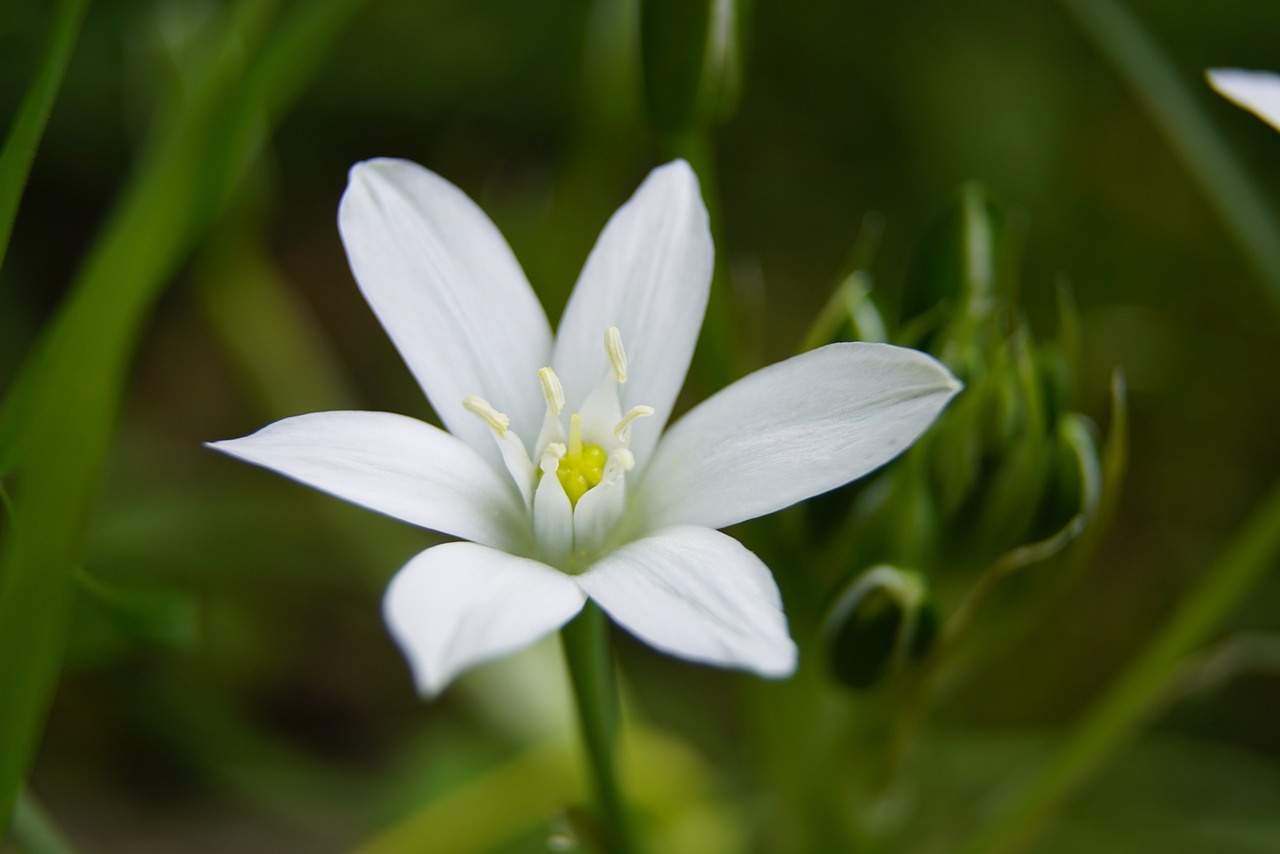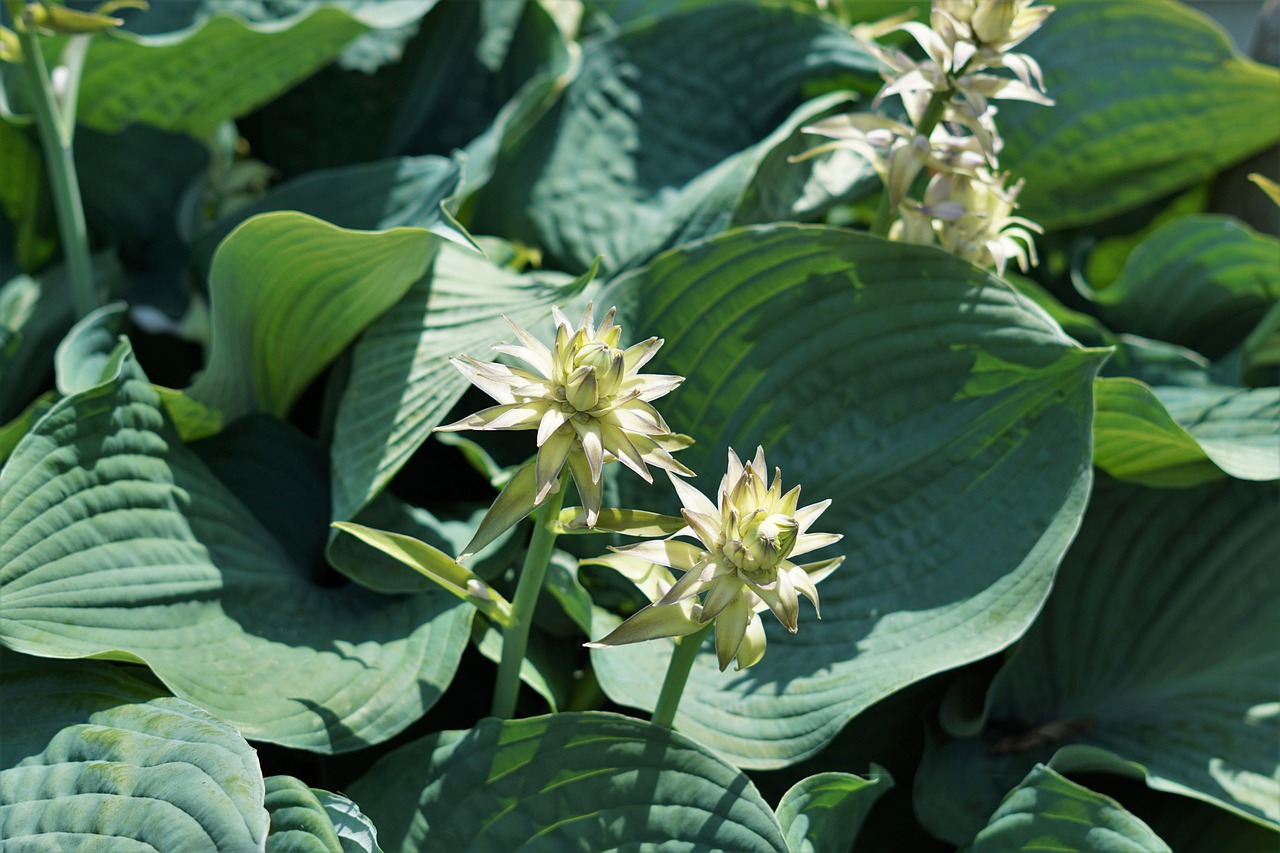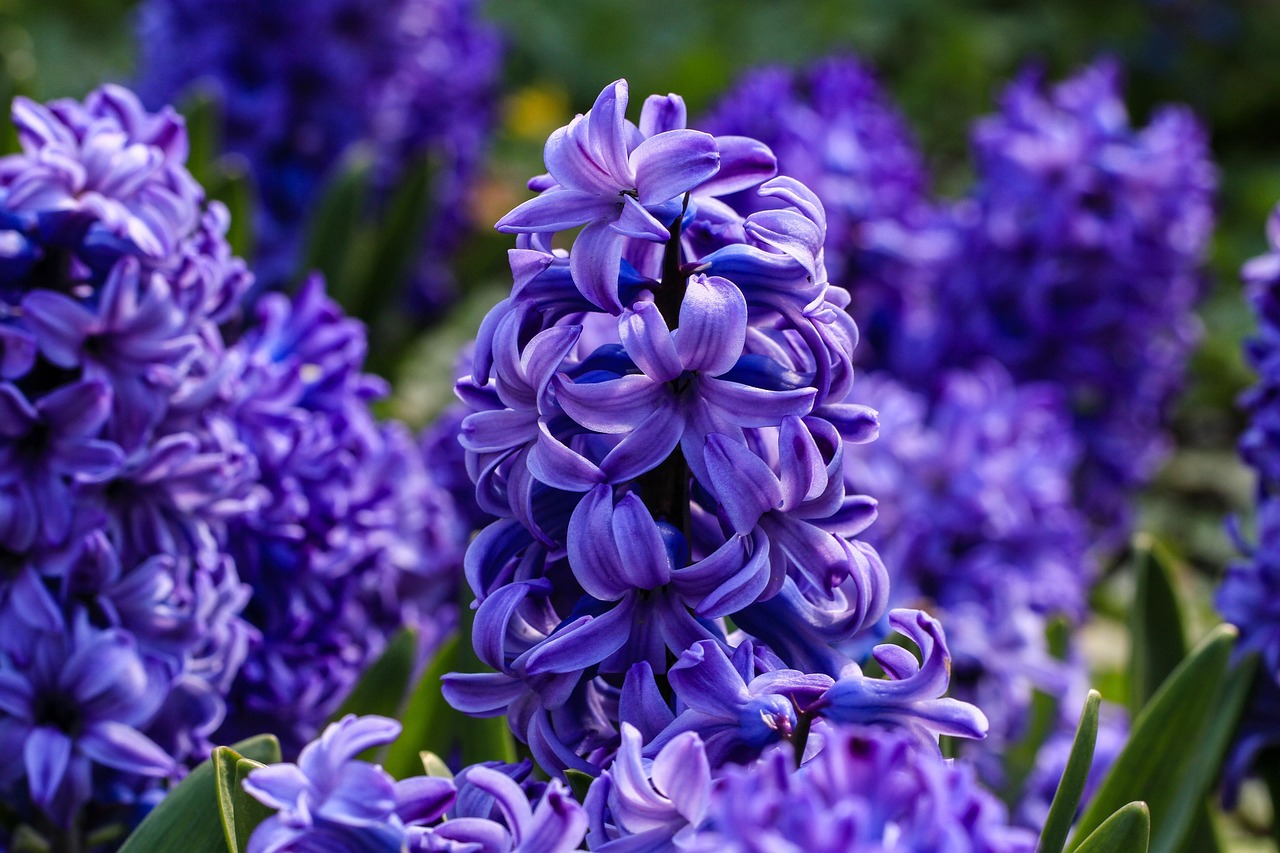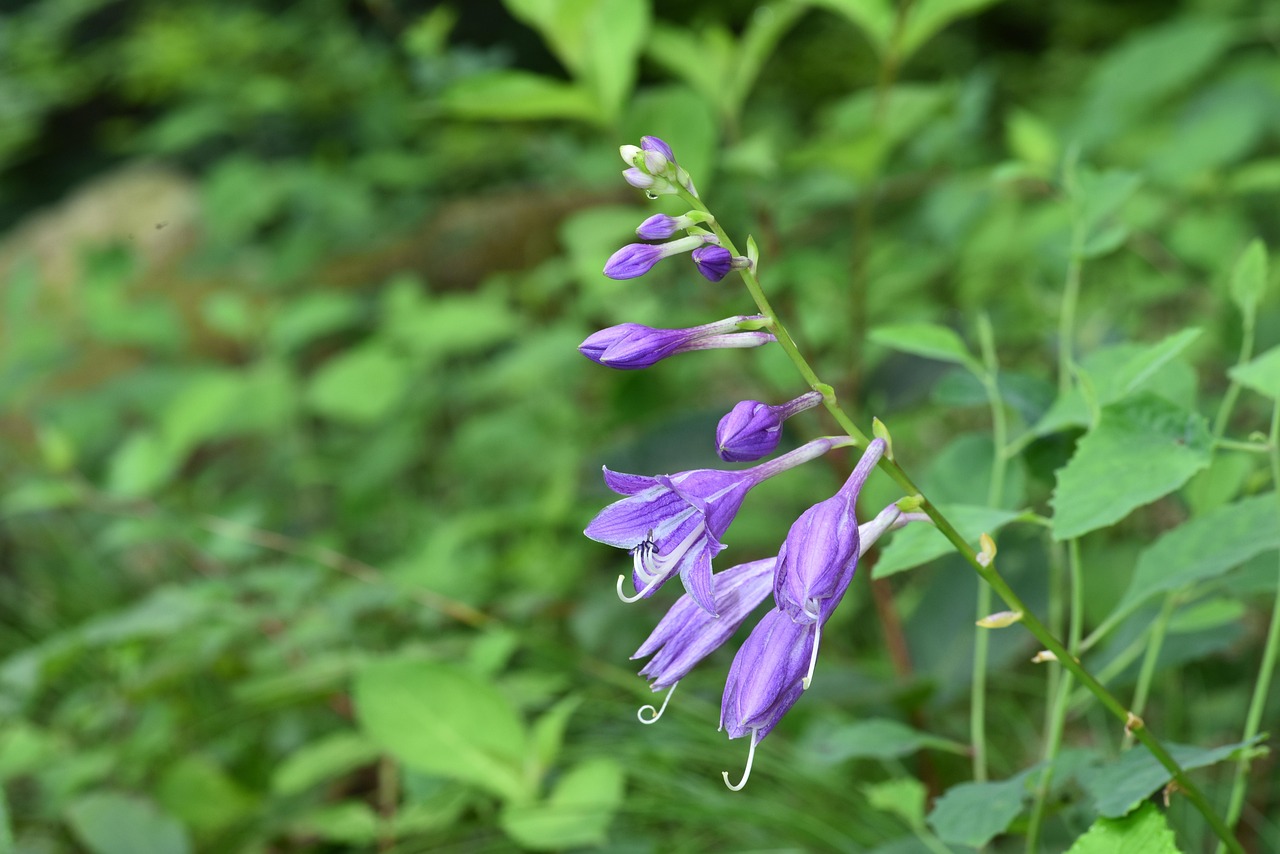Muscari | The Urn-Shaped Flowers that Adorned Ottoman Gardens
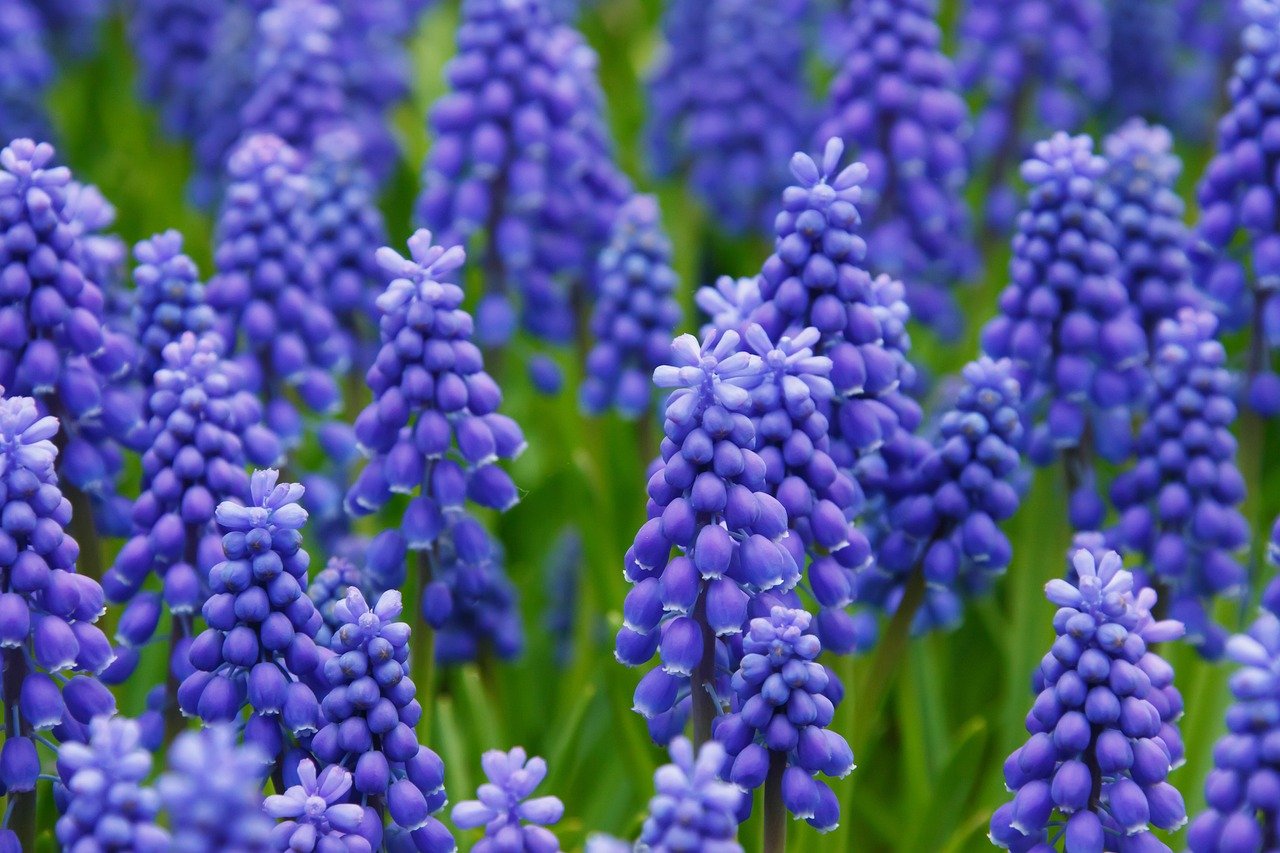
Muscari is a charming bulbous plant that announces the arrival of spring with its clusters of tiny, spherical flowers.
While blue and purple are the most common colors, there are also varieties in white and pink. When planted in groups, they form a vivid floral carpet, making them a popular choice as an accent in gardens and pots.
In this article, I will provide detailed information about Muscari, including its basic features, cultural and historical significance, and cultivation tips.
Basic Information
- Scientific name: Muscari spp.
- Family: Asparagaceae
- Origin: Mediterranean coasts, Western Asia, Southern Europe
- Appearance: Characterized by small, urn-shaped flowers that cluster like a bunch of grapes. Colors vary depending on the variety and include purple, blue, white, and pink.
- Blooming season: Spring (March–May)
Cultural Significance Around the World
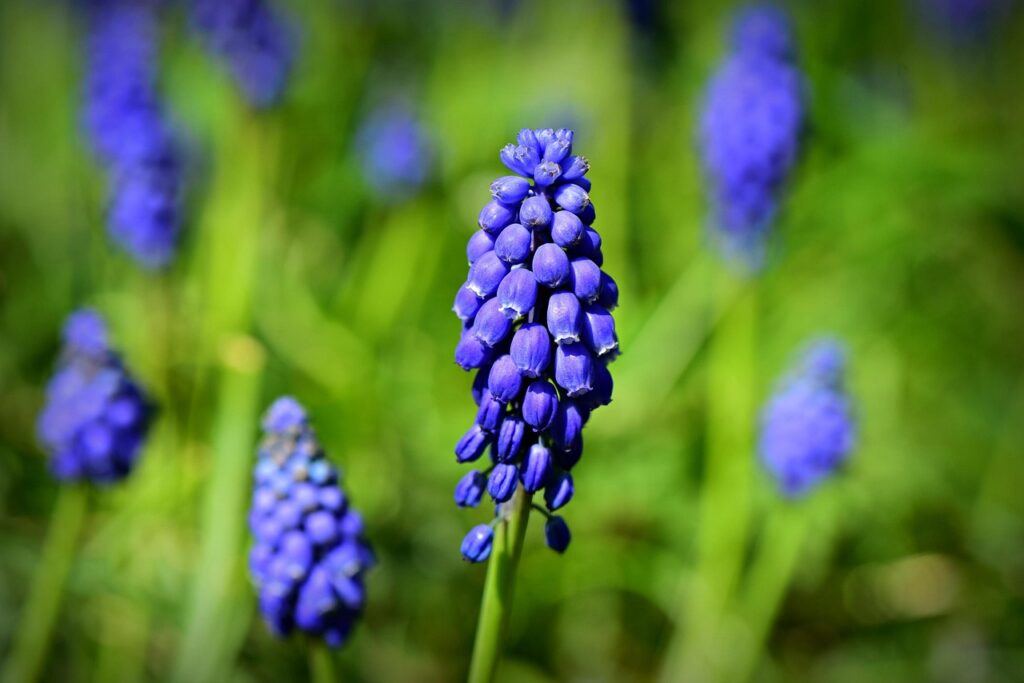
Thanks to its vivid bluish-purple color and unique shape, Muscari has long been cherished as a symbolic flower across many cultures.
In Europe, it is widely planted in gardens and parks as a harbinger of spring. In the UK and France, it is often seen in flowerbeds combined with tulips and daffodils.
In Greece and Turkey, Muscari has been treasured in traditional gardens since ancient times, blending seamlessly into the Mediterranean landscape.
In the Netherlands, the sight of Muscari spreading like a carpet in Keukenhof Gardens is a well-known attraction. It is frequently planted alongside tulips, creating striking contrasts.
In Japan, it is also popular among gardening enthusiasts and often used for container arrangements or to border flowerbeds.
Historical Background
The name Muscari derives from the Greek word musk, referring to its fragrant varieties.
In ancient Greece and Rome, Muscari was not only cultivated in gardens but also used as a source of fragrance.
From the 16th century onward, Muscari was prized in the Ottoman court gardens. In Istanbul, Turkey, it was regarded as an important flower, adorning palace gardens alongside tulips.
The plant was introduced to the Netherlands in the 17th century, where it quickly gained popularity alongside tulips.
By the 19th century, Muscari was widely cultivated in England and France, where breeders developed new varieties.
Today, it is loved worldwide as an ornamental plant and remains a staple of spring flowerbeds and pots.
Gardening Tips
Muscari is a hardy, easy-to-grow plant that blooms reliably every year. With proper care, its flowers can be enjoyed even more beautifully.
Sunlight
Prefers sunny spots but can also grow in partial shade. In bright locations, its colors appear more vivid.
Watering
During the growing season, water when the soil surface is dry. Reduce watering during dormancy to avoid bulb rot.
Soil
Requires well-drained soil. Mix compost for garden beds, or use soil formulated for bulbs in pots.
Fertilizer
Applying slow-release fertilizer at planting enhances growth. After flowering, provide additional fertilizer to nourish the bulbs for the following year.
Cold tolerance
Muscari is cold-hardy and does not require special winter protection. In extremely cold regions, mulching ensures safety.
Conclusion
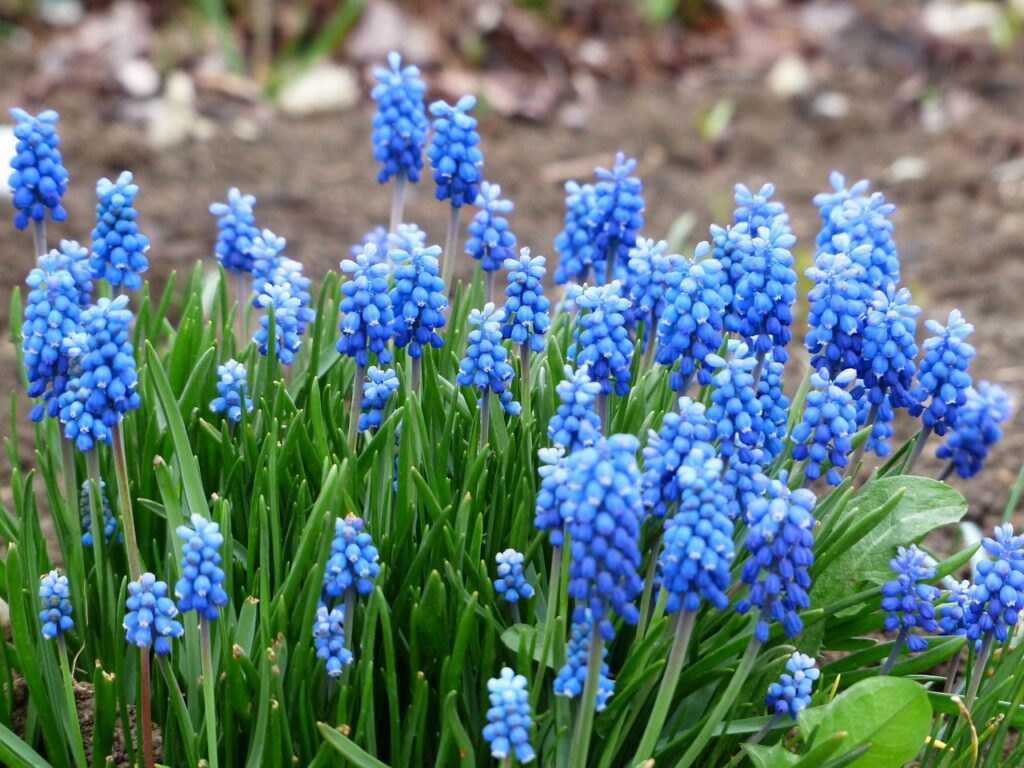
Muscari is a distinctive spring flower with urn-shaped blossoms resembling grape clusters.
Native to the Mediterranean, it has long been cherished in European and West Asian gardens. In the Netherlands, it has become one of the highlights of spring flower festivals, often planted alongside tulips.
With adequate sunlight and proper soil, Muscari will bring vibrant color to any garden or container.


